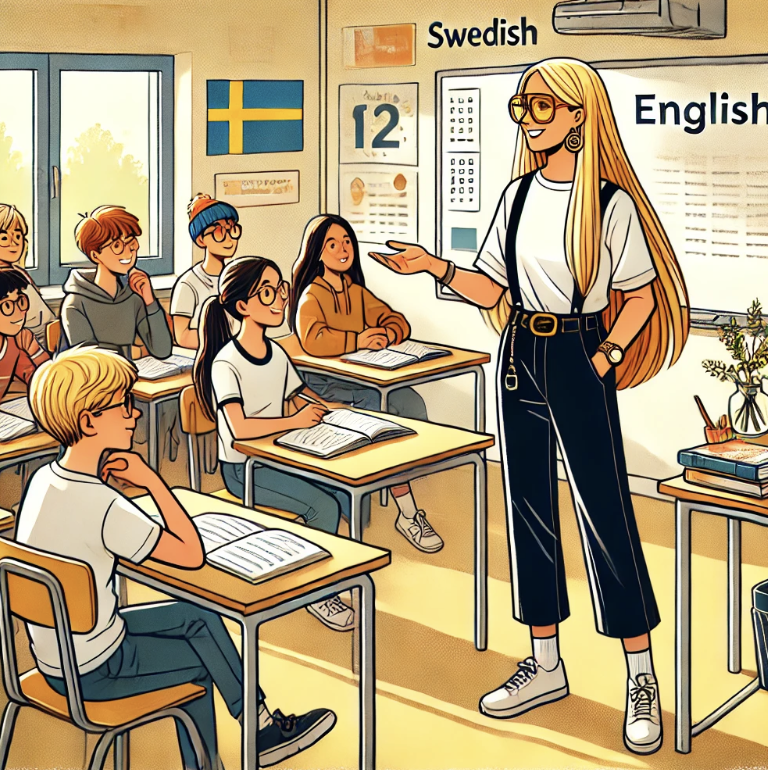Subject: English
Teacher responsible: Catrin Colliander
Grade: 6
When: Week 37-24
Why?
In English class, you will learn to:
- understand English when you hear or read it,
- get better at speaking and writing in English,
- use the right words for different situations and people, and
- learn about the cultures and ways people live in places where English is spoken.
This way, you can use English in lots of different ways!

What?
Vocabulary: Media, communication, the environment, storytelling, crime.
Find out about: Fake news, How to express opinions, Climate action, Irish folklore, Investigations now and then.
Language: Nouns, adjectives, verbs, helping verbs, adverbs, pronouns, prepositions.
Write: A news article, a persuasive essay, a formal letter, a fairy tale, a newscast script

How?
We use the textbook and workbook Learn English. Every week, we read and listen to texts on different topics and practice words and phrases we find in the texts. We talk with each other about questions from the texts and practice using our new words and phrases.
During the school year, we will also practice writing five different types of texts.

CoT – Eight Cultural Forces for a Thinking Classroom
How are the eight cultural forces for a thinking classroom used in teaching?
- Time – Give students time to use all the new concepts.
- Opportunities – Provide chances to use the language in the film.
- Expectations – Have high expectations that all students can use the new concepts we learn, and support students with language rather than simplifying it.
- Routines – Use routines and support structures to practice the language.
- Interaction – Have discussions based on the subject matter in pairs, small groups, and the whole class.
- Environment – Show context through pictures and films.
- Language – Translate words, read texts, and use new words.
- Modeling – The teacher supports language use by using new words